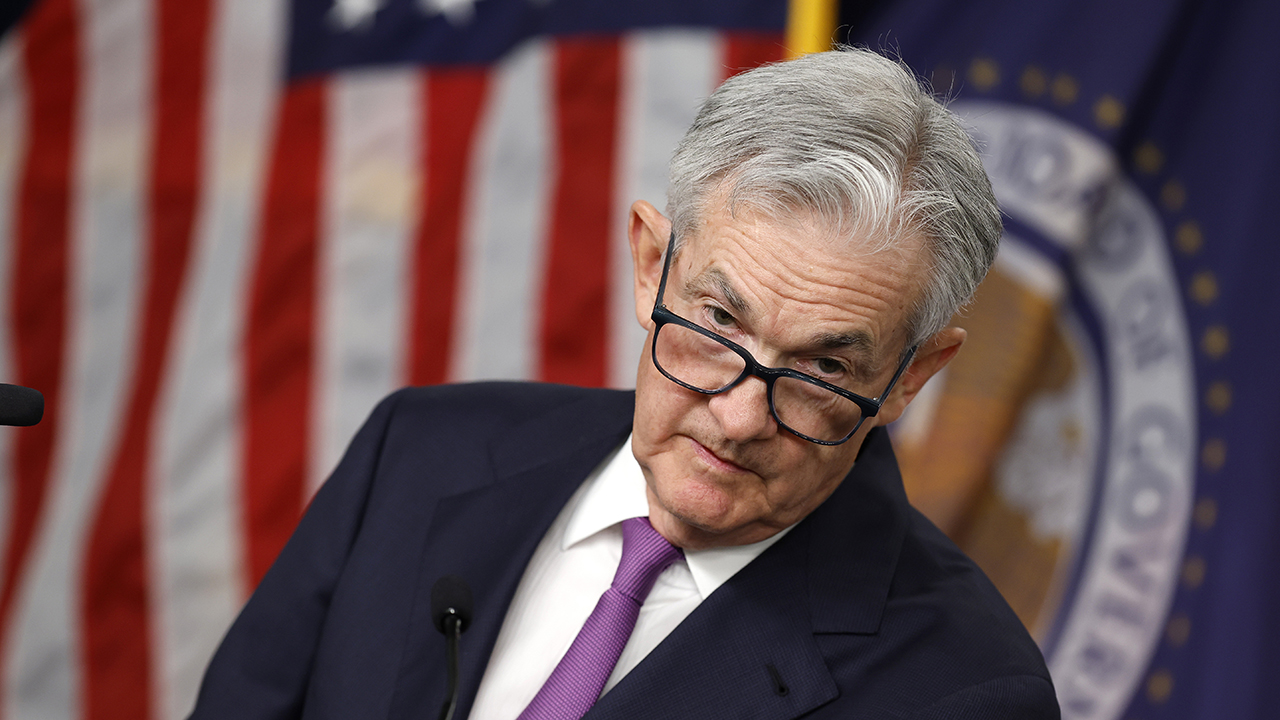
The price of Bitcoin took a tumble on Wednesday, January 31st, dipping to $42,400 after comments from Federal Reserve Chair Jerome Powell indicated a less accommodative monetary policy stance in the coming months. This decline comes amidst a broader market sell-off triggered by Powell’s remarks during the Federal Open Market Committee (FOMC) press conference.
Powell’s Hawkish Tone Throws Cold Water on Rate Cut Expectations
Investors had been anticipating a potential interest rate cut in March, which could have provided a boost to risk assets like Bitcoin. However, Powell dashed these hopes by suggesting that the Fed is more likely to maintain its current policy of gradual rate hikes in order to combat inflation.
“While we continue to anticipate ongoing inflationary pressures, we are also mindful of the potential downside risks to the economy,” Powell stated. “Therefore, we believe that maintaining a patient approach to monetary policy is appropriate at this time.”
Bitcoin Not Alone: Broader Market Feels the Pinch
Bitcoin’s price decline was mirrored by other major cryptocurrencies, with Ethereum (ETH) falling by around 3%, Cardano (ADA) and Polkadot (DOT) dropping by 4%, and Solana (SOL) experiencing a steeper decline of over 6%. This broad-based sell-off underscores the interconnectedness of traditional and crypto markets, particularly when it comes to monetary policy decisions.
Analysts Divided on Bitcoin’s Next Move
The near-term outlook for Bitcoin remains uncertain, with analysts divided on the potential direction of the price. Some experts believe that the current dip could be an opportunity for long-term investors to accumulate, while others warn of a possible further pullback if Bitcoin fails to break through the $48,000 resistance level.
“The market is clearly reacting to Powell’s hawkish tone,” said Marcus Sotiriou, analyst at GlobalBlock. “However, it’s important to remember that Bitcoin has weathered similar storms in the past and emerged stronger. The long-term fundamentals for Bitcoin remain positive, and this could be a buying opportunity for investors with a long-term horizon.”
Focus on Macroeconomic Factors
In the coming weeks, investors will be closely watching key macroeconomic data releases, such as the Consumer Price Index (CPI) and the unemployment rate, for clues about the Fed’s future policy path. These data points could have a significant impact on the price of Bitcoin and other risk assets.
Conclusion
While the short-term outlook for Bitcoin is uncertain, the long-term potential of the world’s leading cryptocurrency remains intact. Investors should carefully consider their own risk tolerance and investment goals before making any decisions.
